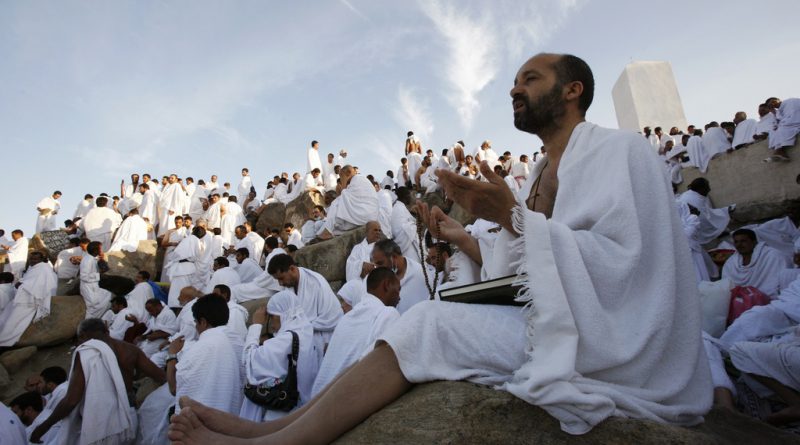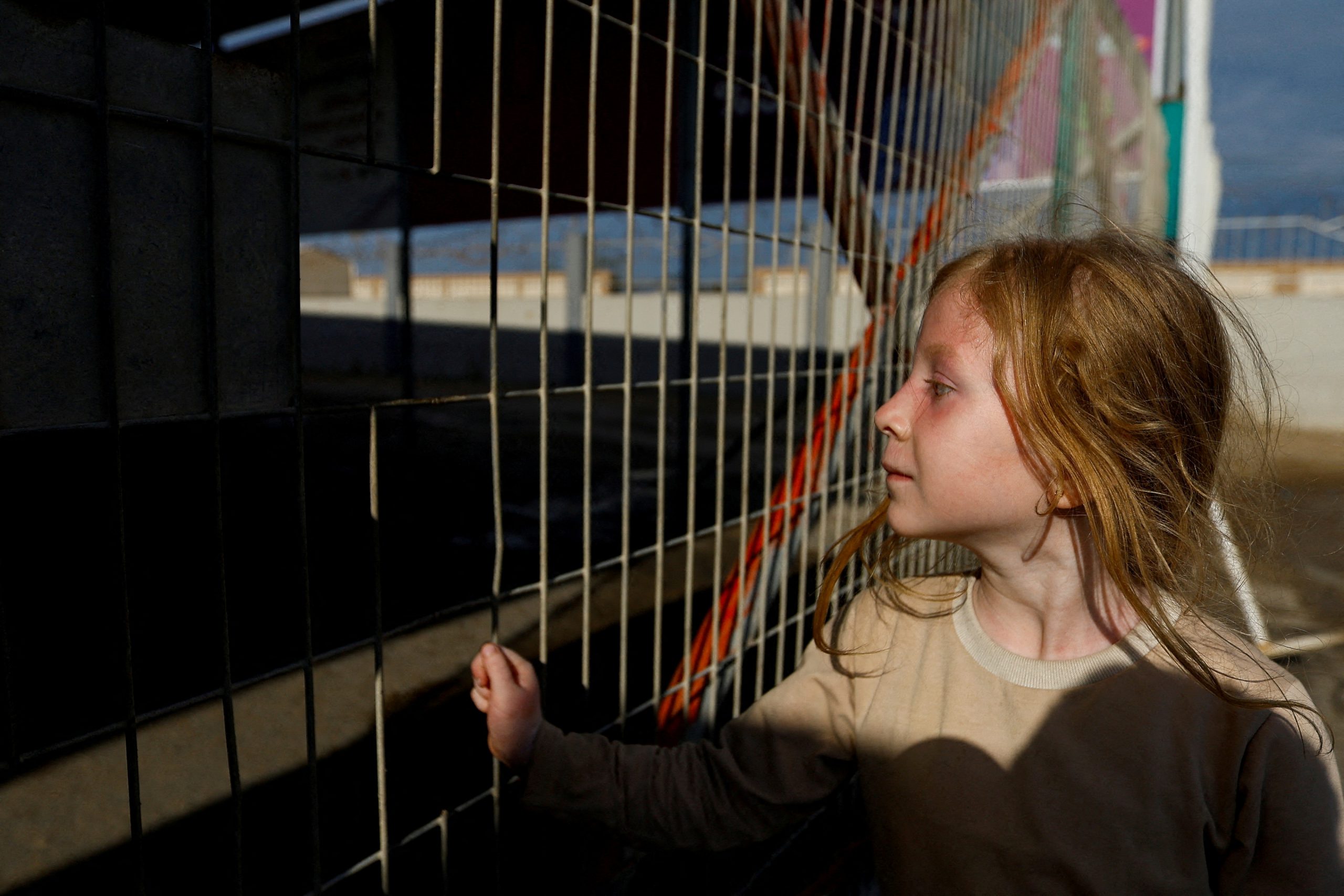Hajj pilgrimage starts in Saudi Arabia, with 2 million expected after lifting of COVID measures
Associated Press
The year before, some 2.5 million Muslims had taken part.
Some 2 million Muslim pilgrims officially began the annual Hajj pilgrimage on Monday, making their way out of Mecca after circling Islam’s holiest site, the Kaaba, and converging on a vast tent camp in the nearby desert for a day and night of prayer.
One of the largest religious gatherings in the world has returned to full capacity this year for the first time since the onset of the coronavirus pandemic three years ago.
The pilgrimage is one of the five pillars of Islam, and all Muslims are required to make the five-day Hajj at least once in their lives if they are physically and financially able to do it.
For pilgrims, it is a deeply moving spiritual experience that absolves sins, brings them closer to God and unites the world’s more than 1.8 billion Muslims. Some spend years saving up money and waiting for a permit to embark on the journey.
Maintaining the holy sites and hosting the annual Hajj is a major source of pride and legitimacy for the Saudi royal family, which captured Mecca in the 1920s. The pilgrimage has occasionally been marred by tragedy, as in 2015, when over 2,400 people died in a stampede and crush of pilgrims.
As the outbreak of the coronavirus led to worldwide lockdowns in 2020, Saudi authorities limited the Hajj to a few thousand citizens and local residents. The year before, some 2.5 million Muslims had taken part.
Pilgrims begin by entering a state of spiritual purity known as “ihram.” Men wear simple, white terrycloth garments and women forgo make-up and cover their hair. The pilgrims circle the black, cube-shaped Kaaba seven times and walk between two hills, all of which are encompassed by Mecca’s Grand Mosque, the world’s largest.
The rituals during Hajj largely commemorate the Quran’s accounts of Ibrahim, his son Ismail and Ismail’s mother Hajar. The walk between the hills, for example, recreates Hajar’s search for water in the desert for Ismail. In Islamic tradition, Ibrahim was ordered by God to sacrifice his son, Ismail, only to have his hand stayed at the last moment. Muslims believe Ibrahim and Ismail later built the Kaaba, which Muslims face during their daily prayers no matter where they are in the world.
In the Christian and Jewish traditions, which refer to him as Abraham, the biblical patriarch is ordered to sacrifice his other son, Isaac.
Pilgrims have been doing the ritual circuit around the Kaaba since arriving in Mecca over recent days. As the last ones performed it Monday, the pilgrims made their way by foot or by bus to Mina, where they will camp in one of the largest tent cities in the world. They will pray throughout the day and night before traveling on Tuesday to Mount Arafat, where the Prophet Muhammad is said to have delivered his final sermon.
The pilgrims will then collect pebbles from a site known as Muzdalifa to be used in the symbolic stoning of pillars representing the devil back in Mina. The final three days of the Hajj coincide with the festive Eid al-Adha holiday, when Muslims around the world slaughter livestock and distribute the meat to the poor.



